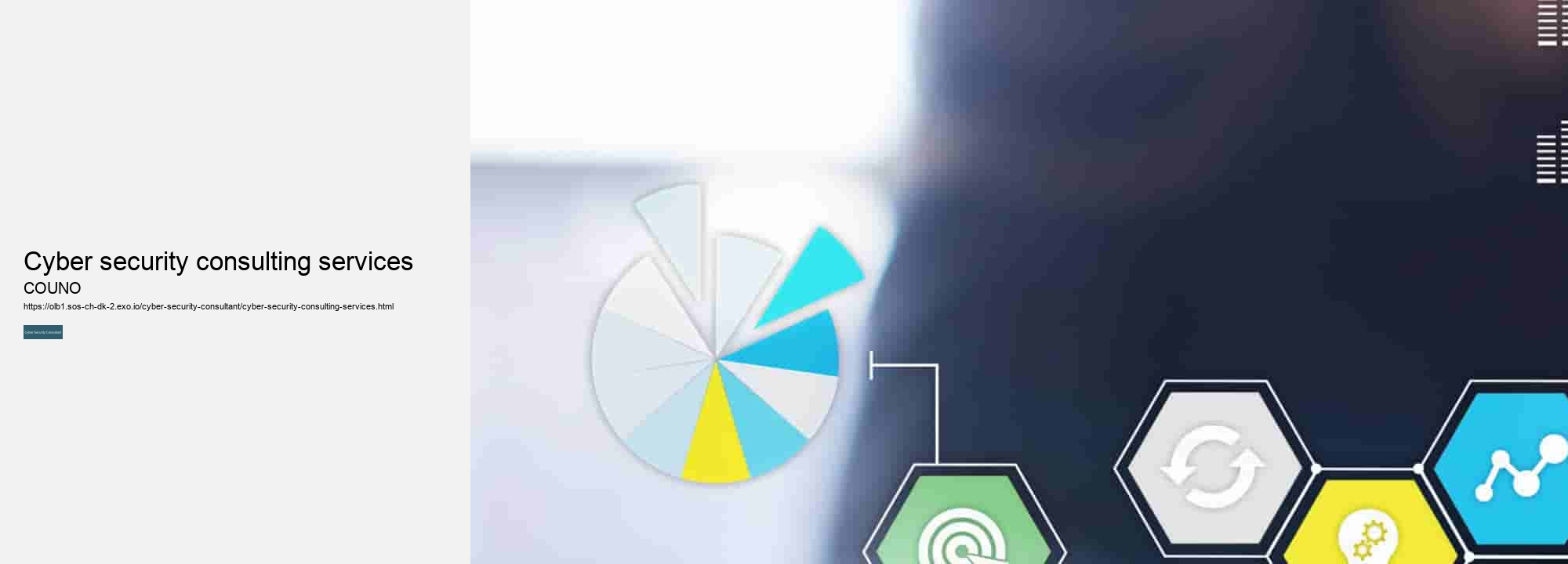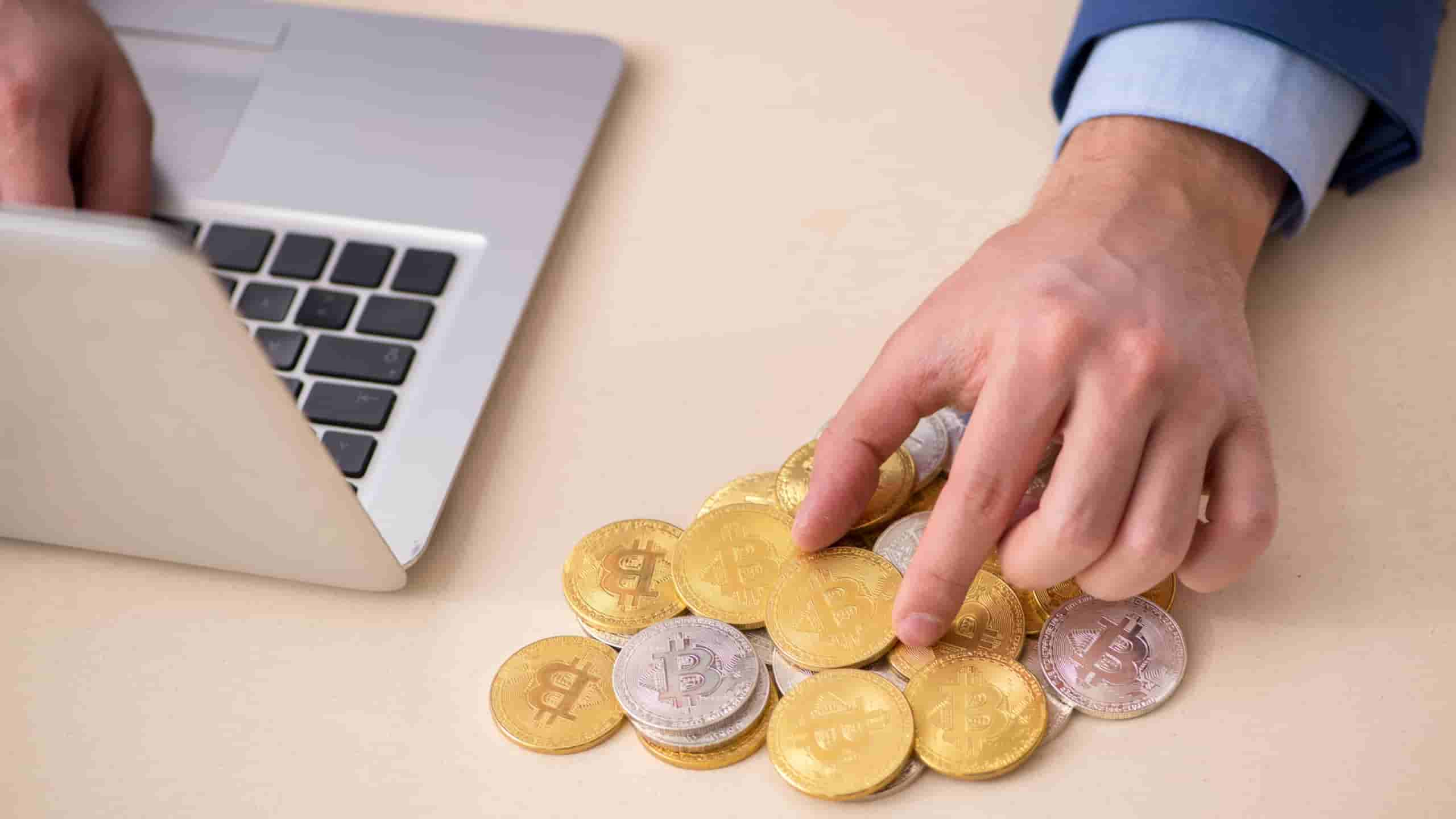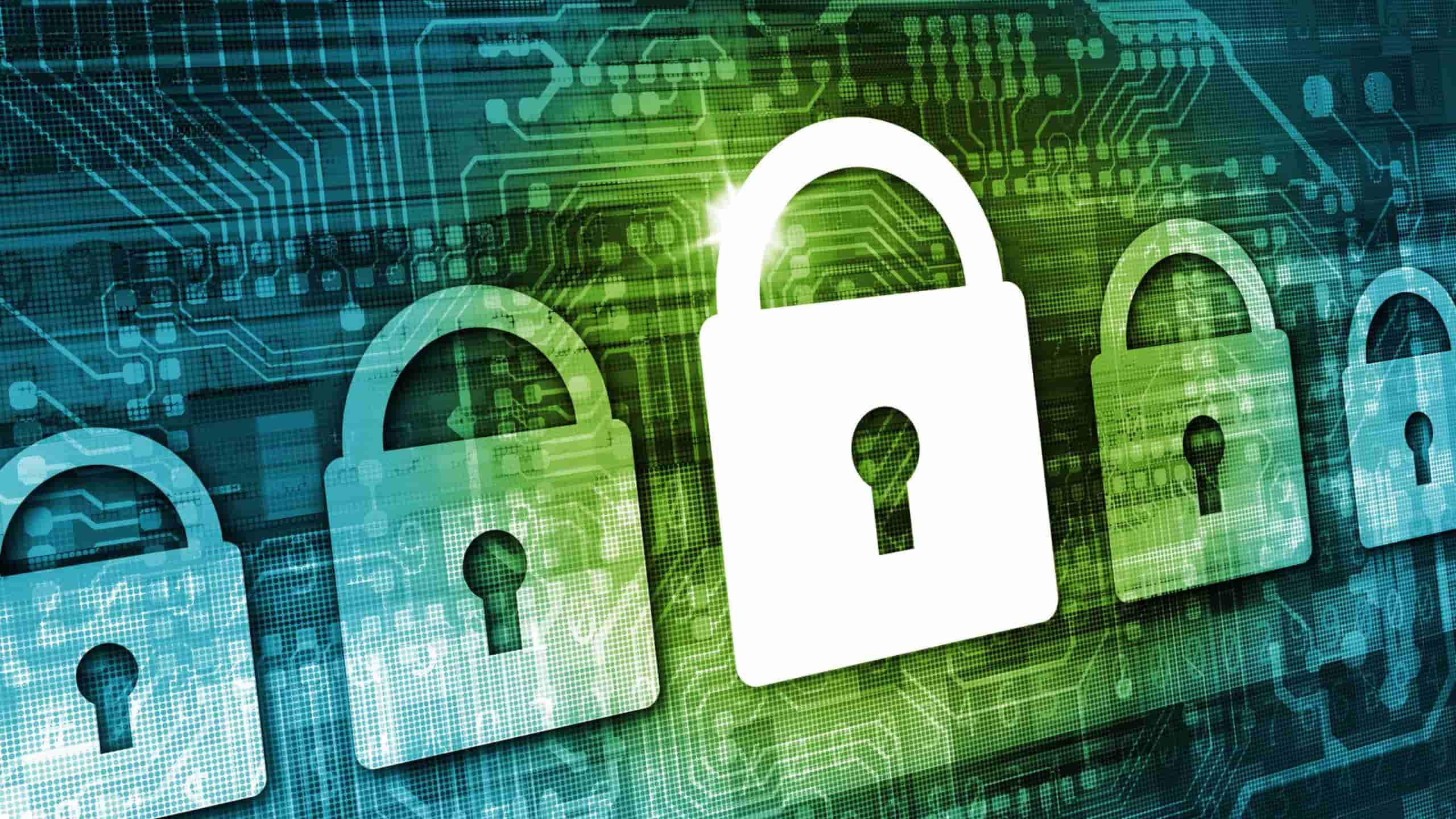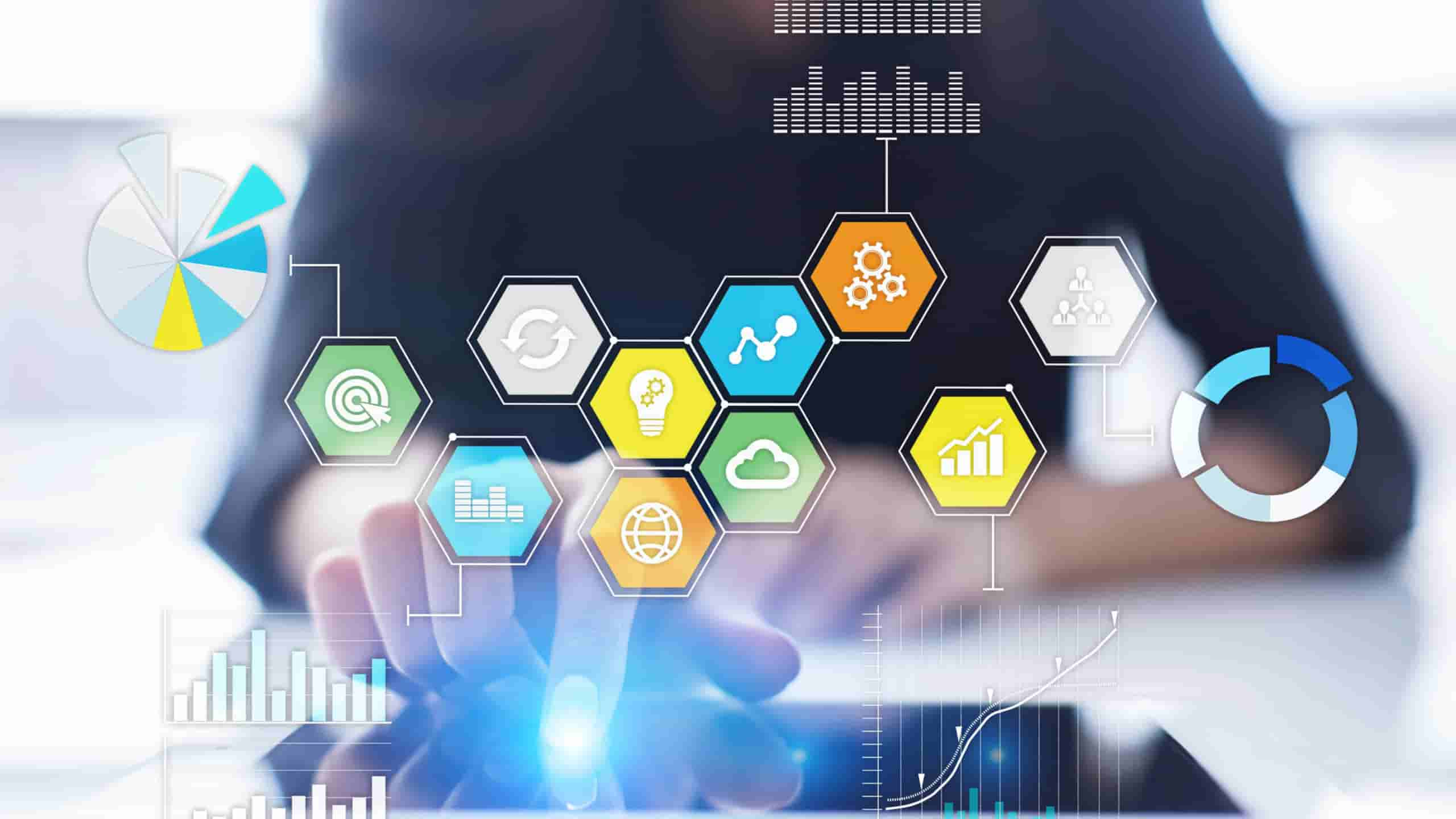

While scammers may attempt to make their emails appear legitimate by using logos or branding from well-known companies, the actual email address may be misspelled or unrelated to the supposed sender. To protect yourself from falling for phishing scams, it's important to never click on links or download attachments from unfamiliar sources. Instead, hover over links with your mouse cursor to see where they lead before clicking on them. You should also verify the legitimacy of any requests for personal information by contacting the supposed sender directly through official channels. By staying vigilant and following these tips, you can reduce your risk of becoming a victim of phishing scams. Remember that if something seems too good to be true or raises suspicions, it's always better to err on the side of caution.
How to Keep Your Devices Safe from Malware and VirusesIn today's technology-driven world, our devices have become an integral part of our daily lives. From smartphones to laptops, we rely on these devices for communication, entertainment, and productivity. However, with the rise of malware and viruses, it is crucial to take steps to protect our devices from potential threats. To keep your devices safe from malware and viruses, there are several best practices that you should follow. First and foremost, make sure to keep your operating system and software up to date.
By regularly updating your device, you can stay ahead of potential vulnerabilities. Another important step is to install antivirus software on your device. Antivirus programs are designed to detect and remove malicious software before it can cause damage. There are many reputable antivirus products available on the market, so be sure to choose one that fits your needs and budget. In addition to antivirus software, it is also essential to be cautious when browsing the internet or downloading files.
Be wary of suspicious websites or emails that may contain malware or phishing attempts. Avoid clicking on links from unknown sources and only download files from trusted sources. Furthermore, consider using a firewall on your device to monitor incoming and outgoing network traffic. Firewalls act as a barrier between your device and potentially harmful content on the internet.
Lastly, always back up your data regularly. In the event that your device becomes infected with malware or a virus, having a recent backup can help you restore your important files and documents without losing any valuable information. In conclusion, protecting your devices from malware and viruses is essential in today's digital age.
Stay vigilant and proactive in safeguarding your devices against potential attacks! How to Enable Two-Factor Authentication for Added SecurityIn today's digital age, protecting your online accounts has never been more crucial. With cyber attacks becoming increasingly sophisticated, it is imperative to take steps to enhance the security of your personal information.
One effective way to safeguard your accounts is by enabling two-factor authentication. Two-factor authentication adds an extra layer of security to your online accounts by requiring not only a password and username, but also a second piece of information that only you have access to. This could be a code sent to your mobile device, a fingerprint scan, or even facial recognition. By implementing this additional step in the login process, you significantly reduce the risk of unauthorized access to your accounts. To enable two-factor authentication on most websites or apps, you will typically need to navigate to the security settings section of your account.
You may be asked to verify your identity through a phone number or email address before proceeding with the setup process. Once two-factor authentication is enabled, you will receive a unique code each time you attempt to log in to your account. This code is usually sent via text message or generated by an authenticator app on your smartphone. Simply enter this code along with your password when prompted during login attempts.
Even if someone manages to obtain your password through phishing scams or other means, they would still require access to your mobile device or other secondary verification method in order to gain entry into your account. In conclusion, enabling two-factor authentication for added security is a simple yet highly effective way to protect yourself against cyber threats and safeguard your personal information online. Take the necessary steps today to enable this feature on all of your important accounts and enjoy peace of mind knowing that you have taken proactive measures to keep yourself safe in an increasingly digital world. How to Secure Your Home Network from HackersSecuring your home network from hackers is crucial in today's digital age.

With the increasing number of devices connected to the internet, it has become easier for hackers to gain unauthorized access to your personal information and cause harm. Fortunately, there are steps you can take to protect your home network and keep your data safe. The first step in securing your home network is to ensure that all your devices have strong and unique passwords. This includes not only your computers and smartphones but also any other smart devices such as thermostats or security cameras.
Another important step is to keep all your devices up-to-date with the latest software updates. Hackers often exploit vulnerabilities in outdated software to gain access to a network, so by regularly updating your devices, you can stay one step ahead of potential threats. It is also essential to secure your wireless network with encryption.
Most routers come with built-in encryption settings that allow you to password-protect your network. By enabling encryption, you can prevent unauthorized users from accessing your Wi-Fi signal and potentially compromising your data. In addition to these basic steps, consider setting up a firewall on your router. A firewall acts as a barrier between your network and the outside world, monitoring incoming and outgoing traffic for suspicious activity. By configuring a firewall on your router, you can add an extra layer of protection against hackers. Finally, consider investing in a virtual private network (VPN) for added security.
Additionally, using a VPN allows you to browse anonymously and access geo-restricted content. By following these steps, you can significantly enhance the security of your home network and minimize the risk of falling victim to hackers. Remember that staying vigilant and proactive about cybersecurity is key in today's digital landscape. Take the necessary precautions now to safeguard yourself and your family from potential cyber threats. How to Safely Shop and Bank Online without Risking Identity TheftIn today's digital age, shopping and banking online has become a common practice for many people.

It offers convenience and accessibility that traditional brick-and-mortar stores cannot match. However, with the rise of cybercrime and identity theft, it is essential to take precautions to safeguard your personal information while conducting transactions online. One of the most important steps you can take to protect yourself while shopping and banking online is to ensure that you are using secure websites. Look for websites that use encryption technology such as SSL (Secure Sockets Layer) to protect your data from hackers.
It is also crucial to create strong passwords for your online accounts. A strong password should be at least 12 characters long and include a mix of letters, numbers, and special characters. Avoid using easily guessable information like your birthdate or pet's name as passwords.
Another way to enhance your online security is by enabling two-factor authentication whenever possible. This adds an extra layer of protection by requiring you to provide a second form of verification before accessing your account. This could be a code sent to your phone or email, making it harder for cybercriminals to gain unauthorized access.
Be cautious when sharing personal information online, especially on public Wi-Fi networks. Hackers can intercept data transmitted over unsecured Wi-Fi connections, putting your sensitive information at risk. If possible, avoid conducting financial transactions on public networks or use a virtual private network (VPN) for added security. Regularly monitor your bank statements and credit reports for any suspicious activity that could indicate identity theft.
By following these tips and staying vigilant about protecting your personal information online, you can shop and bank safely without risking identity theft. Remember that prevention is key when it comes to safeguarding yourself against cyber threats in our increasingly digital world. How to Stay Safe on Social Media and Avoid Privacy BreachesIn today's digital age, social media has become an integral part of our daily lives.
However, with the convenience of social media comes the risk of privacy breaches and cyber threats. To stay safe on social media and avoid privacy breaches, there are a few key practices that you should keep in mind. First and foremost, it's important to be mindful of the information you share online.

Consultants ensure that the organization adheres to regulations such as GDPR, HIPAA, and PCI-DSS by conducting compliance audits and recommending necessary changes.
The process usually involves initial consultations, vulnerability scanning, risk assessment, reporting findings, and recommending mitigation strategies.
Regular assessments, ideally annually or biannually, are recommended, especially after significant changes to the IT infrastructure or after a security incident.